🚗🏍️ Welcome to Motoshare!
Turning Idle Vehicles into Shared Rides & New Earnings.
Why let your bike or car sit idle when it can earn for you and move someone else forward?
From Idle to Income. From Parked to Purpose.
Earn by Sharing, Ride by Renting.
Where Owners Earn, Riders Move.
Owners Earn. Riders Move. Motoshare Connects.
With Motoshare, every parked vehicle finds a purpose. Partners earn. Renters ride. Everyone wins.
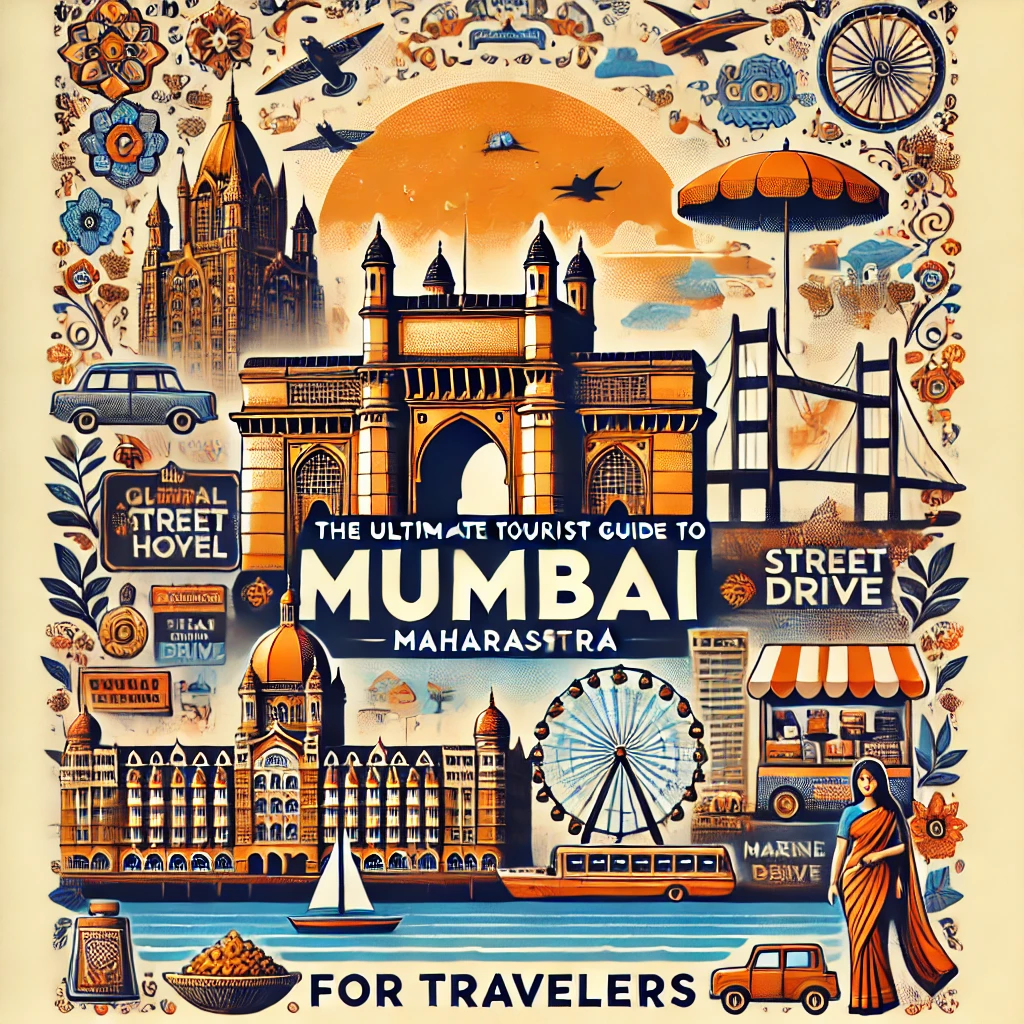
Introduction to Mumbai
Brief Overview of Mumbai
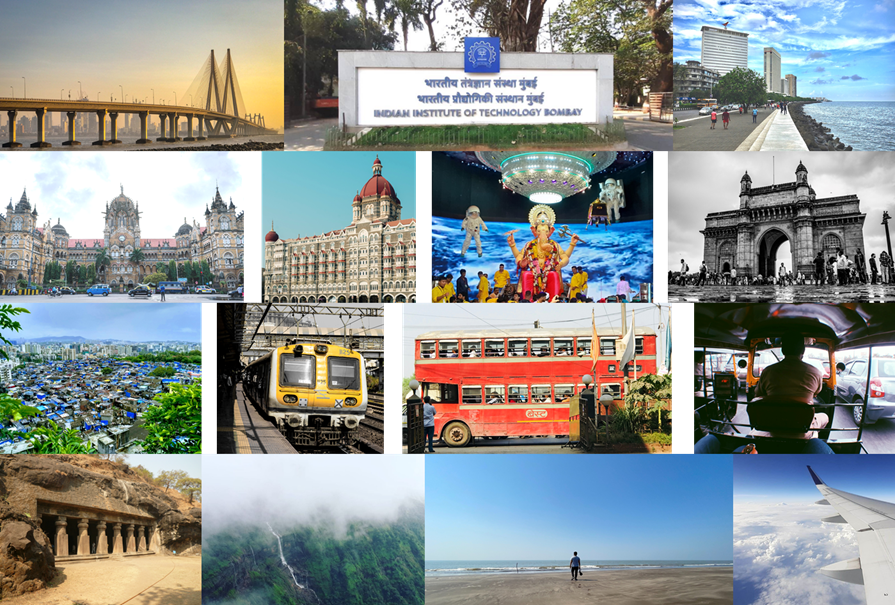
Maharashtra, an Indian state, with Mumbai as its main city. Until 1995, Bombay was the official name of the state.
Mumbai is a city in western India that is located on the Konkan coast and features a deep natural harbor. Mumbai was designated as an Alpha World City in 2008. In addition, it boasts the most concentration of millionaires and billionaires of any Indian city, making it the richest city in the nation.
There were Koli fishing colonies spread across the seven islands that eventually became Mumbai. After being ruled by several native empires for centuries, the islands were eventually given to the Portuguese Empire and then the East India Company. In 1661, Charles II of England married Catherine of Braganza, receiving the ports of Tangier and the Seven Islands of Bombay as part of her dowry. Bombay was altered in the middle of the eighteenth century when the Hornby Vellard project began to reclaim the land between the seven islands from the sea. Bombay became a significant seaport on the Arabian Sea once the reclamation project was finished in 1845, along with the building of important roads and railways.
The 19th century saw significant advancements in education and the economy in Bombay. It developed into a solid foundation for the Indian independence movement in the early 20th century. The city became a part of Bombay State in 1947, the year India gained its freedom. Following the Samyukta Maharashtra Movement, Bombay served as the capital of the newly formed state of Maharashtra in 1960.
Importance in India’s Economy and Culture
India has a rich history. It once controlled roughly 28% of international trade and commerce and contributed more than 25% of the world’s gross domestic product. India, which was a major economic force for numerous centuries, was at the forefront of several industries, including festivals, food, music, dance, art, and handicrafts. The legacy of Indian civilization has greatly enriched the world. Regretfully, history took a bad turn, and India was occupied by foreigners for about a millennium during which time we were deprived of our riches and splendor.
The culture and the economy are closely related to each other. Our magnificent civilization and cultural legacy were greatly influenced by our economics. The opposite was also true: our robust economy was bolstered by our cultural content. India needs to be a major economic force before it can retake its place as the world’s leader. India’s economy can be stimulated by us using our rich cultural heritage.
Historical Significance of Mumbai
Mumbai gets its name from the Mother Goddess Mumba Devi, who was revered by the Kolis, the city’s first settlers.
The Area Mumbai City is located on India’s west coast, between latitudes 18˚ 52′ and 19˚ 04′ North and longitudes 72˚47′ and 72˚54′ East. Water encircles it on three sides: Thane Creek to the east, the open Arabian Sea to the west and south. Its northern boundary is shared with the Mumbai (Suburban) District.
It is the southern region of the Greater Mumbai Municipal Corporation, which the Surveyor General of India estimates to be 157.0 square kilometers in size and contains 30,85,411 residents as per the 2011 Census.
The literacy rate of Mumbai district is 89.2 percent. The sex ratio of Mumbai district is 832.
Getting to Mumbai
From Delhi to Mumbai
| Mode of Travel | Details |
|---|---|
| Air Travel | – Direct flights are available from Indira Gandhi International Airport (DEL) to Chhatrapati Shivaji Maharaj International Airport (CSMIA) in Mumbai. – The flight duration is approximately 2 hours. |
| Train Travel | – Trains like Rajdhani Express, August Kranti Rajdhani, and Mumbai Duronto Express connect New Delhi Railway Station (NDLS) to Mumbai. – These trains typically arrive at Chhatrapati Shivaji Maharaj Terminus (CSMT) or Mumbai Central (BCT). – The journey takes about 16-18 hours. |
| Road Travel | – The route from Delhi to Mumbai follows NH48, passing through cities like Jaipur, Udaipur, Ahmedabad, and Surat. – The total road distance is approximately 1,450 km, and the journey can take around 24-30 hours by car or bus. |
From Kolkata to Mumbai
| Mode of Travel | Details |
|---|---|
| Air Travel | – Direct flights are available from Netaji Subhas Chandra Bose International Airport (CCU) to Chhatrapati Shivaji Maharaj International Airport (CSMIA) in Mumbai. – The flight duration is about 2.5 hours. |
| Train Travel | – Trains like Howrah Express, Gitanjali Express, and Duronto Express connect Howrah Junction (HWH) to Mumbai. – These trains typically arrive at Chhatrapati Shivaji Maharaj Terminus (CSMT) or Lokmanya Tilak Terminus (LTT). – The journey takes approximately 28-32 hours. |
| Road Travel | – The route from Kolkata to Mumbai follows NH16 and NH48, passing through Bhubaneswar, Visakhapatnam, Hyderabad, and Pune. – The total road distance is about 2,000 km, and the journey can take around 36-40 hours by car or bus. |
From Bangalore to Mumbai
| Mode of Travel | Details |
|---|---|
| Air Travel | – Direct flights are available from Kempegowda International Airport (BLR) to Chhatrapati Shivaji Maharaj International Airport (CSMIA) in Mumbai. – The flight duration is approximately 1.5 hours. |
| Train Travel | – Trains like Udyan Express, Chalukya Express, and Duronto Express connect Bangalore City Railway Station (SBC) to Mumbai. – These trains typically arrive at Chhatrapati Shivaji Maharaj Terminus (CSMT), Dadar (DR), or Lokmanya Tilak Terminus (LTT). – The journey takes about 24-26 hours. |
| Road Travel | – The route from Bangalore to Mumbai follows NH48, passing through Tumkur, Hubli, Belgaum, and Pune. – The total road distance is approximately 1,000 km, and the journey can take around 15-18 hours by car or bus. |
International Destinations to Mumbai
| Mode of Travel | Details |
|---|---|
| Air Travel | – Mumbai’s Chhatrapati Shivaji Maharaj International Airport (CSMIA) is connected to major international hubs such as New York, London, Dubai, and Singapore. – Flight durations vary by origin, generally ranging from 7 to 16 hours. |
| Train Travel | – Not applicable for international travelers. |
| Sea Travel | – Mumbai serves as a major port for several luxury cruise liners operating in the Arabian Sea. – Cruise ships from the Middle East, Southeast Asia, and Europe dock at Mumbai’s International Cruise Terminal, offering a luxurious entry into the city. |
Getting Around Mumbai
Here is the content converted into a tabular format:
| Mode of Transportation | Details |
|---|---|
| Public Transportation | Local Trains: The lifeline of Mumbai, connecting major parts of the city. Buses: Operated by BEST, covering extensive routes across the city. Metro: Limited but expanding network, useful for avoiding road traffic. |
| Private Transportation | Taxis: Widely available; options include black-and-yellow taxis and app-based cabs like Uber and Ola. Auto Rickshaws: Common in the suburbs, providing quick and affordable transport. Ride-Sharing Apps: Uber, Ola, and other services for convenient travel. |
| Walking and Cycling | Best Areas to Explore on Foot: South Mumbai, Colaba, Marine Drive, Bandra Bandstand. Cycling: Popular areas include Marine Drive, Worli Sea Face, and designated cycling lanes in some neighborhoods. |
| Renting Vehicles | Options: Car rental services like Motoshare.in, Avis, and local agencies. Recommendations: Ideal for day trips or exploring areas outside the city, but not recommended for everyday commuting due to traffic and parking challenges. |
Best Time to Visit Mumbai
Seasonal Overview: Weather Through the Year
- Winter (November to February): This is the most pleasant time to visit Mumbai, with temperatures ranging from 15°C to 25°C. The weather is cool and ideal for sightseeing and outdoor activities.
- Summer (March to May): The city experiences hot and humid weather during these months, with temperatures soaring up to 35°C. This period is not ideal for outdoor activities due to the intense heat.
- Monsoon (June to September): Mumbai receives heavy rainfall during the monsoon season, which often leads to flooding in some areas. However, the city’s greenery is at its best during this time, offering a different kind of beauty.
Festival Seasons: Ganesh Chaturthi, Diwali, and More
- Ganesh Chaturthi: One of the most important festivals in Mumbai, celebrated with great enthusiasm in August or September. The city comes alive with grand processions, elaborate decorations, and vibrant cultural events.
- Diwali: The festival of lights, usually occurring in October or November, is a magical time to be in Mumbai. The city is beautifully lit up, and you can experience traditional celebrations, fireworks, and festive markets.
- Other Festivals: Mumbai also celebrates Navratri, Holi, and Eid with much fervor. These festivals add to the cultural richness of the city and offer unique experiences for visitors.
Off-Peak vs. Peak Tourist Times
- Peak Tourist Times: The best time to visit Mumbai is from November to February, during the winter season when the weather is most comfortable. Festival seasons, particularly during Ganesh Chaturthi and Diwali, also see a surge in visitors.
- Off-Peak Times: The off-peak periods are during the summer (March to May) and the monsoon (June to September). These times are less crowded, but the weather conditions may be challenging for travel and outdoor activities.
Where to Stay in Mumbai
Luxury Hotels: 5-Star and Boutique Hotels
- Mumbai offers a wide range of luxury accommodations, including renowned 5-star hotels like the Taj Mahal Palace, The Oberoi, and the St. Regis. These hotels provide world-class amenities, stunning views, and impeccable service. For those seeking a more personalized experience, boutique hotels such as The Gordon House and Abode Bombay offer unique design and intimate settings.
Mid-Range Hotels: Comfortable and Affordable Options
- For travelers looking for comfort without the high price tag, Mumbai has plenty of mid-range hotels that offer good value for money. Hotels like Trident, Nariman Point, Residency Hotel, and Fariyas Hotel provide modern amenities, convenient locations, and friendly service at more affordable rates.
Budget Accommodations: Hostels, Guesthouses, and Budget Hotels
- Budget-conscious travelers can find a variety of accommodations in Mumbai, including hostels like Zostel and Backpacker Panda, guesthouses, and budget hotels. These options are great for those looking to save on lodging while still having access to clean and comfortable rooms. Areas like Colaba, Fort, and Bandra have a good selection of budget accommodations.
Unique Stays: Heritage Properties, Airbnb, and Homestays
- For a more unique experience, consider staying in one of Mumbai’s heritage properties or opting for an Airbnb. Heritage hotels like the Taj Mahal Tower and The Royal Opera House offer a glimpse into the city’s colonial past. Additionally, Airbnb and homestays provide opportunities to stay in local homes, offering a more authentic and personal experience.
Family-Friendly Accommodations
- Families visiting Mumbai can find a range of accommodations that cater to their needs. Hotels like The Westin Mumbai Garden City, JW Marriott Juhu, and ITC Maratha offer family-friendly amenities, including spacious rooms, kids’ clubs, and pools. Many mid-range and luxury hotels also provide extra beds or connecting rooms for families.
This structure provides travelers with clear options based on their budget and preferences, ensuring they can find the perfect place to stay during their visit to Mumbai.
6. Top Attractions in Mumbai
- Historical Landmarks: Gateway of India, Chhatrapati Shivaji Maharaj Terminus
- Cultural Sites: Elephanta Caves, Mani Bhavan, Kala Ghoda
- Religious Sites: Siddhivinayak Temple, Haji Ali Dargah, Mount Mary Church
- Museums and Galleries: Prince of Wales Museum, Dr. Bhau Daji Lad Museum
- Beaches and Waterfronts: Marine Drive, Juhu Beach, Chowpatty Beach
- Parks and Gardens: Hanging Gardens, Sanjay Gandhi National Park
Top Attractions in Mumbai
Historical Landmarks:

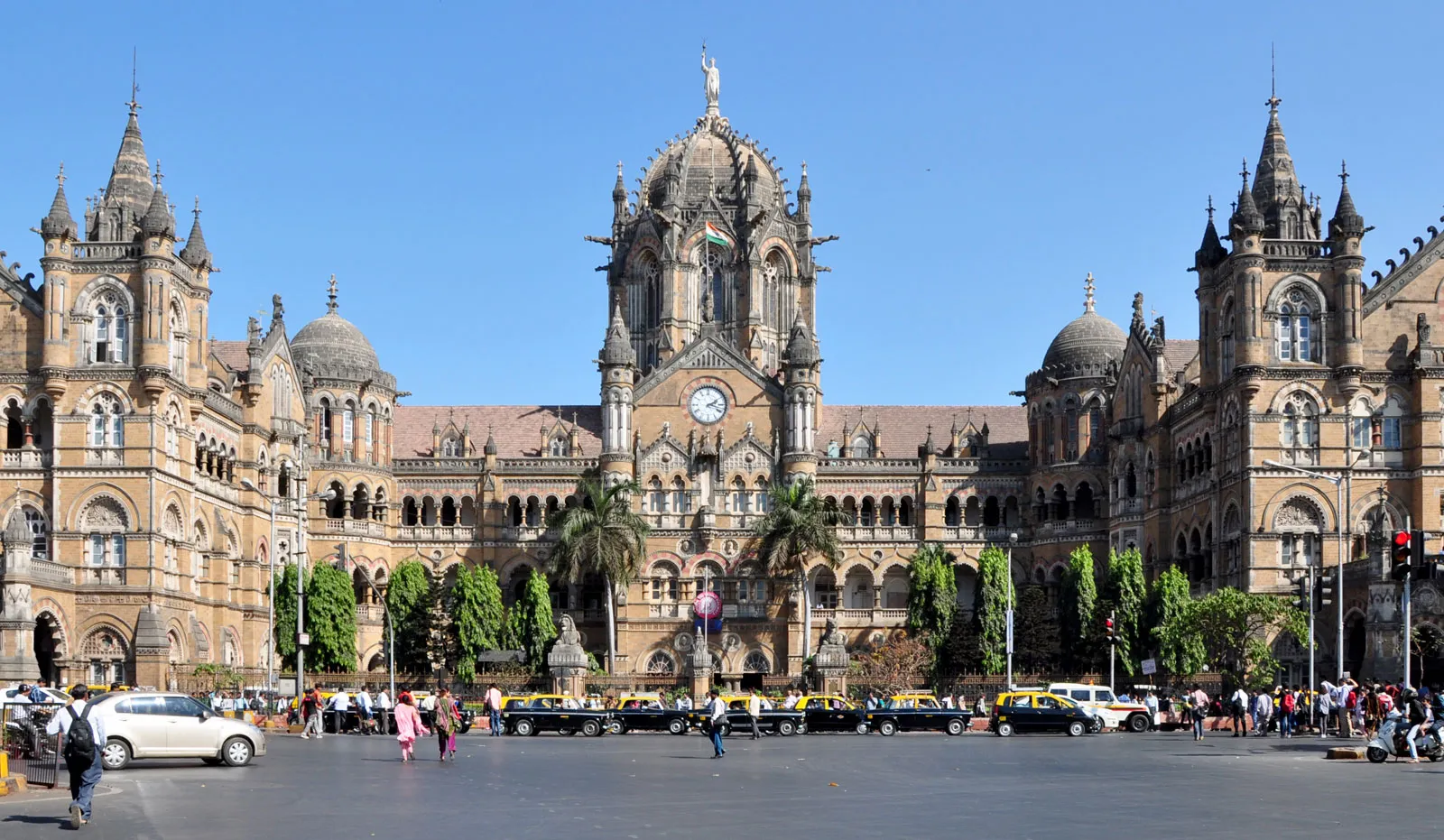
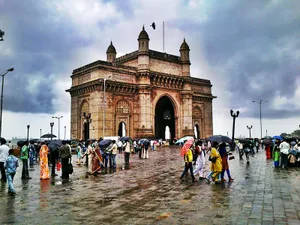
- Gateway of India, Mumbai: A grand, Indo-Saracenic-style, 26m-tall triumphal stone arch, built on the waterfront in 1924. It is a popular tourist destination and offers stunning views of the Arabian Sea. It is located at Apollo Bandar, Colaba. It has a 4.6 star rating on Google Maps.
- Chhatrapati Shivaji Maharaj Terminus, Mumbai: This high Gothic Victorian landmark is the centerpiece of the city’s suburban train network. It was built in 1887 and is a UNESCO World Heritage Site. It is located at Chhatrapati Shivaji Terminus Area, Fort. It has a 4.5 star rating on Google Maps.
- Elephanta Caves: This island with an ornately sculpted, 7th-century cave temple dedicated to the Hindu god Shiva. It is a UNESCO World Heritage Site. It is located at Gharapuri, Navi Mumbai. It has a 4.3 star rating on Google Maps.
Cultural Sites:
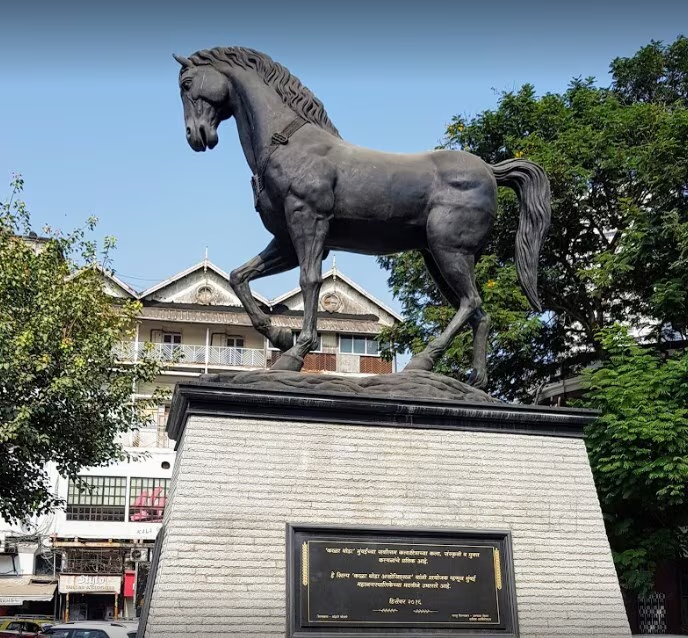
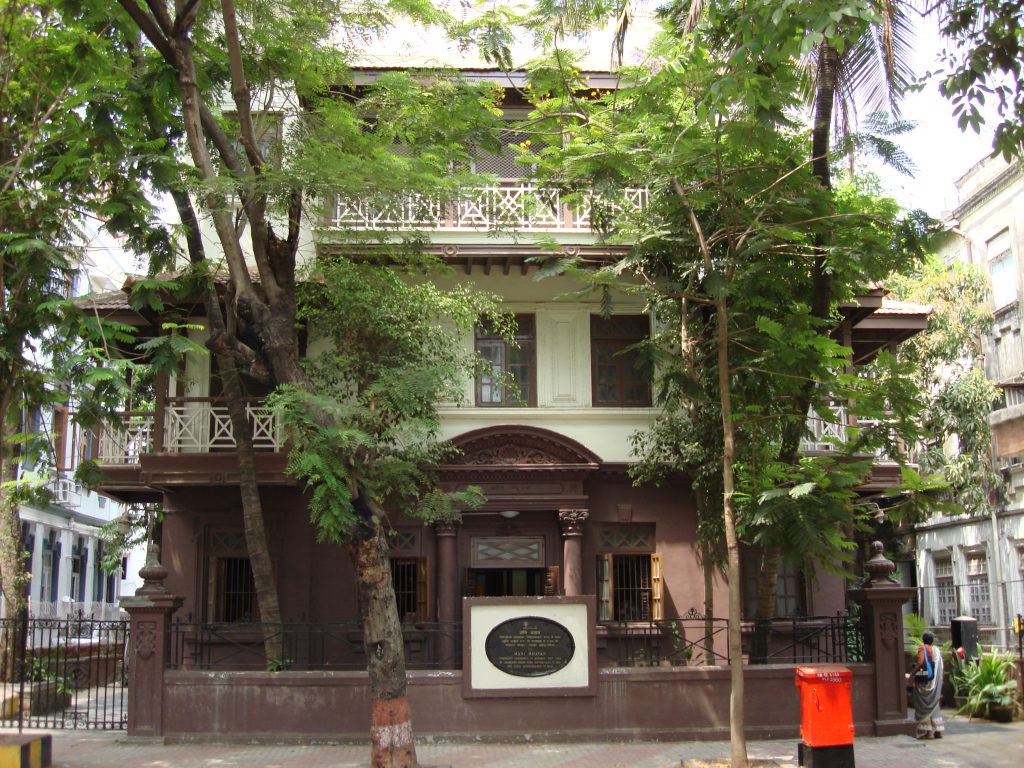
- Mani Bhavan Gandhi Sangrahalaya: This home features Gandhi’s room, a library, photos, films & other displays. It is located at 19, Laburnum Rd, Babulnath, Gamdevi. It has a 4.6 star rating on Google Maps.
- Kala Ghoda: This dynamic neighborhood offers quirky cafes, museums, galleries & outdoor artwork & vendors.
Religious Sites:
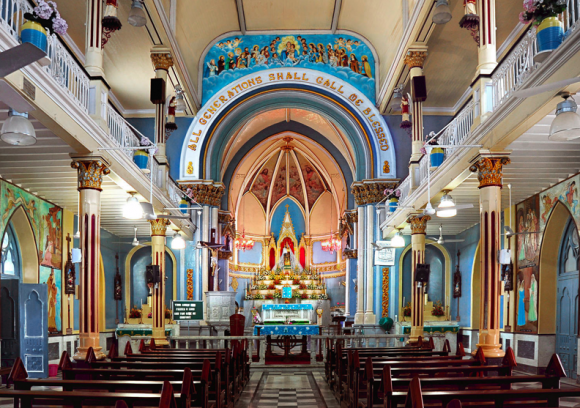
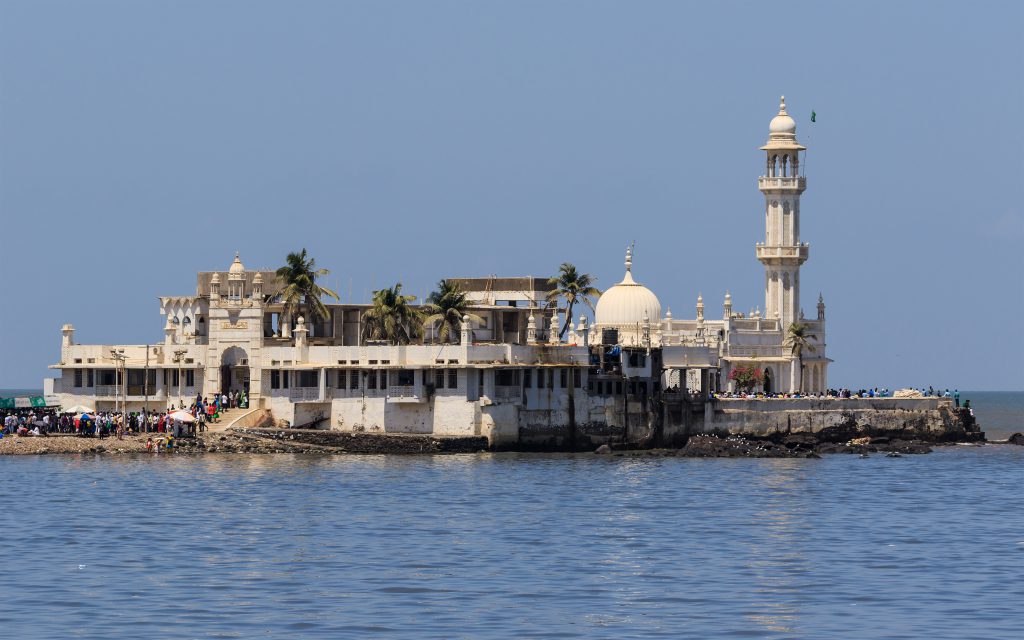
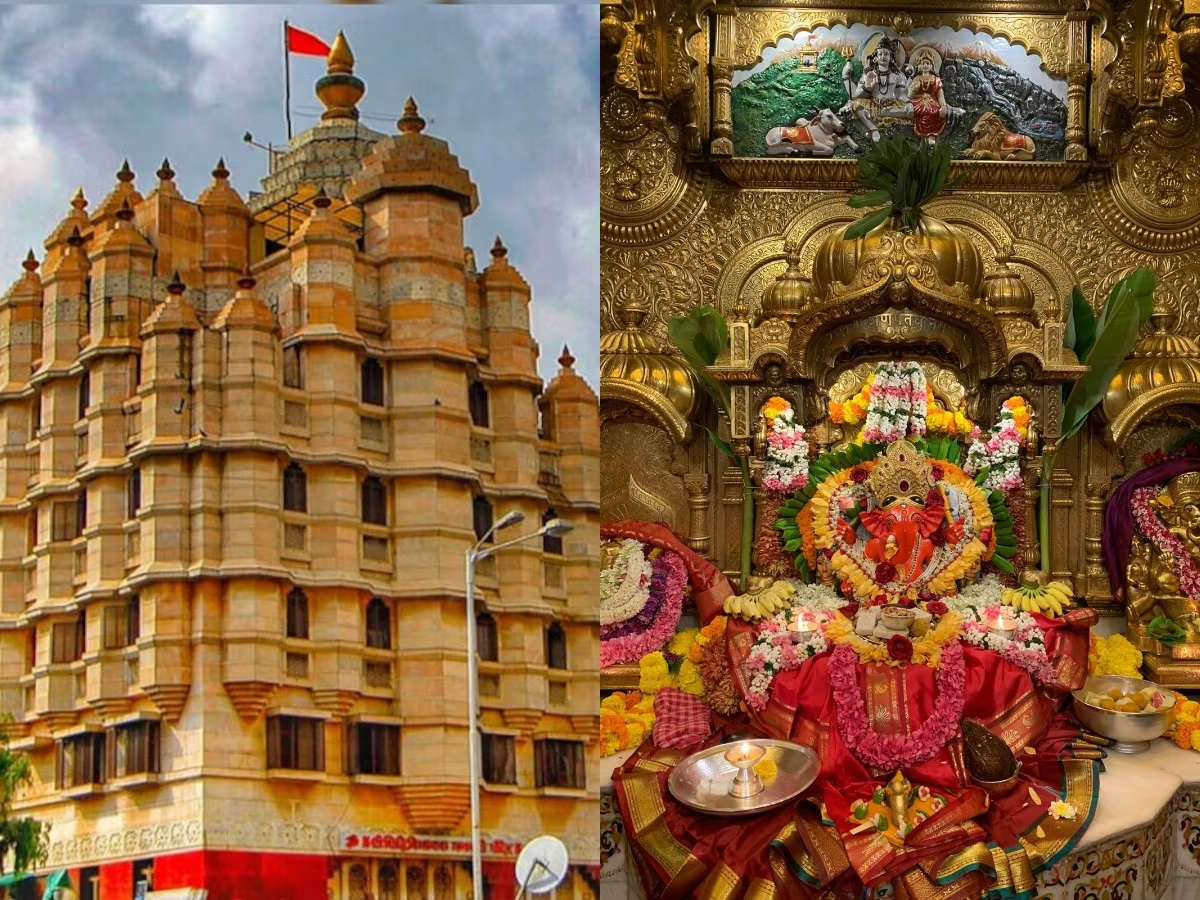
- Basilica of Our Lady of the Mount: This 16h century Catholic church, rebuilt in 1761, holds the annual feast of the Blessed Virgin Mary. It is located at Mt Mary Rd, near Shanti Avedna Sadan, Mount Mary, Bandra West. It has a 4.7 star rating on Google Maps.
- Haji Ali Dargah: This Mughal-style island mausoleum, holding the tomb of Pir Haji Ali Shah Bukhari, a Muslim saint. It is located at Dargah Rd, near Lala Lajpatrai Marg, Haji Ali. It has a 4.4 star rating on Google Maps.
- Shree Siddhivinayak Temple: Dedicated to Ganesha, this grand Hindu temple features an inner gold-plated roof & carved doors. It is located at SK Bole Rd, Prabhadevi. It has a 4.8 star rating on Google Maps.
Museums and Galleries:
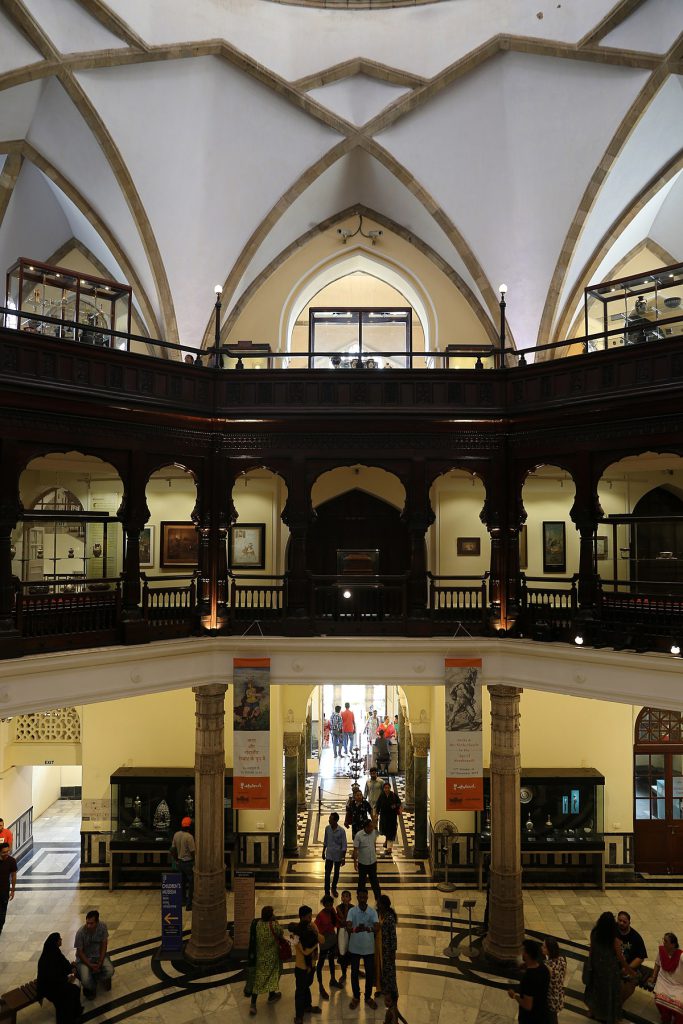
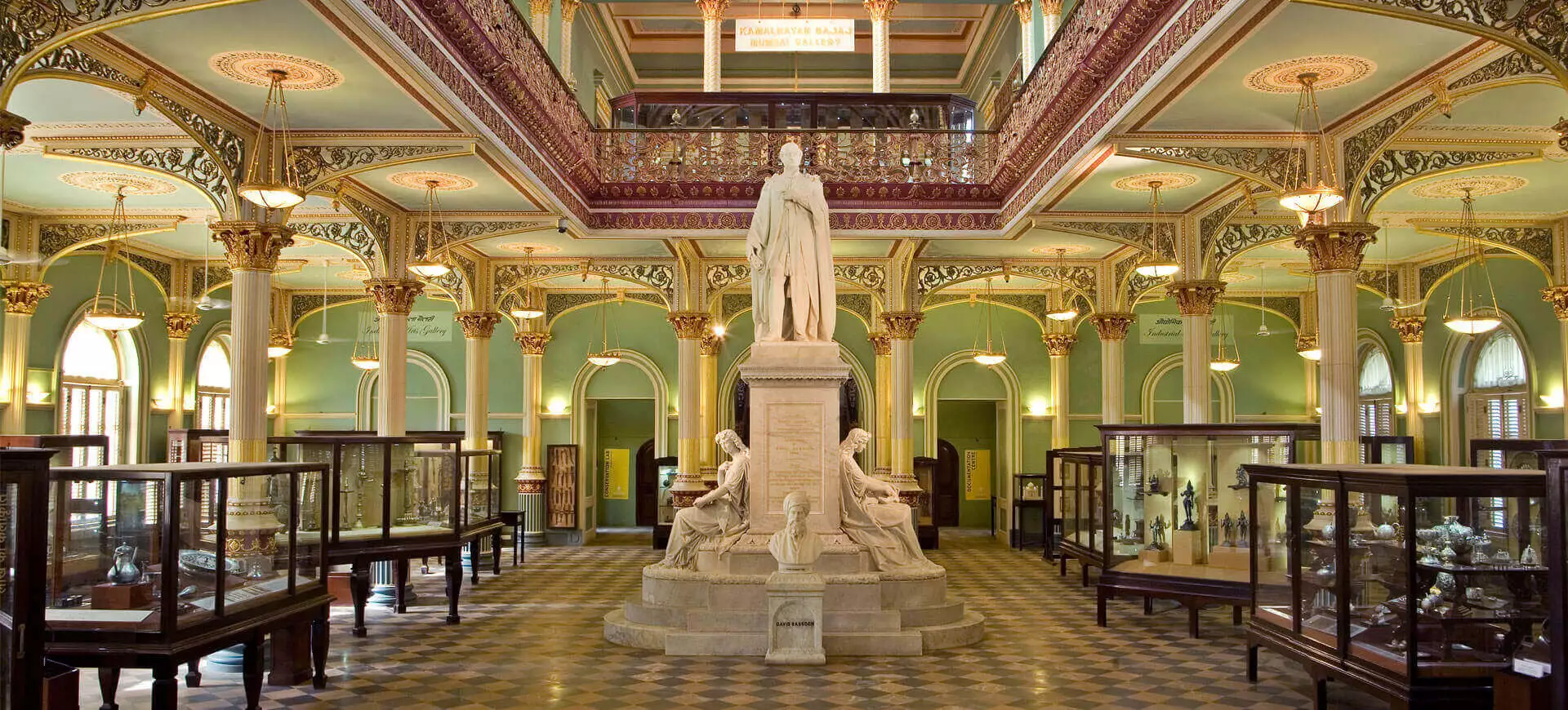
- Chhatrapati Shivaji Maharaj Vastu Sangrahalaya: This grand museum with Indo-Saracenic architecture features history exhibits, cultural art & education. It is located at 159-161, Mahatma Gandhi Road, Lion Gate, Fort. It has a 4.6 star rating on Google Maps.
- BDL Museum Plaza | Dr. Bhau Daji Lad Museum: Mumbai’s first museum showcasing the city’s cultural heritage with artistic & decorative artifacts. It is located at 91 A, Rani Baug, Veer Mata Jijbai Bhonsle Udyan, 91 A, Dr Baba Saheb Ambedkar Rd, Byculla East, Byculla. It has a 4.4 star rating on Google Maps.
- Beaches and Waterfronts:
- Marine Drive: A 3.6-km promenade along the coast of a natural bay lined with restaurants & art deco-style buildings.
- Juhu Beach: A popular beach known for its clean sand and calm waters.
- Chowpatty Beach: A no-frills beach where locals flock to dip Lord Ganesh idols in the sea for Ganesh Visarjan.
- Parks and Gardens:
- Hanging Gardens: A tranquil garden offering views of the Arabian Sea, flowers & hedges sculpted into animal shapes. It is located at Ridge Rd, Simla Nagar, Malabar Hill. It has a 4.2 star rating on Google Maps.
- Sanjay Gandhi National Park: A sprawling, forested park home to the ancient Kanheri Caves, a lion & tiger safari & nature trails.
7. Things to Do in Mumbai
- Cultural Experiences: Attend a Bollywood Show, Visit Art Galleries
- Shopping: Colaba Causeway, Linking Road, Crawford Market
- Food and Dining: Street Food, Fine Dining, Iconic Cafes
- Nightlife: Best Bars, Clubs, and Late-Night Eateries
- Cruises and Boat Rides: Ferry to Elephanta, Sunset Cruises
Things to Do in Mumbai
Cultural Experiences: Attend a Bollywood Show, Visit Art Galleries
- Bollywood Show: Mumbai is the heart of India’s film industry, and attending a Bollywood show or visiting a film studio offers a unique insight into this vibrant world. You can explore famous studios like Film City or even catch a live performance at a local theater.
- Art Galleries: Mumbai has a thriving art scene with numerous galleries showcasing contemporary and traditional Indian art. The Jehangir Art Gallery, National Gallery of Modern Art (NGMA), and Kala Ghoda are must-visit spots for art enthusiasts.
Shopping: Colaba Causeway, Linking Road, Crawford Market
- Colaba Causeway: A popular shopping destination for tourists, Colaba Causeway is known for its eclectic mix of street stalls selling everything from jewelry and clothes to antiques and souvenirs. It’s also a great place to soak in the lively atmosphere of Mumbai.
- Linking Road: Located in Bandra, Linking Road is a bustling street market where you can find trendy clothes, shoes, and accessories at bargain prices. It’s a favorite among locals and tourists alike for affordable fashion.
- Crawford Market: One of Mumbai’s oldest markets, Crawford Market offers a variety of goods, including fresh produce, spices, and household items. The market’s colonial architecture adds to the charm of shopping here.
Food and Dining: Street Food, Fine Dining, Iconic Cafes
- Street Food: Mumbai is famous for its street food, and no visit is complete without trying local favorites like Vada Pav, Pav Bhaji, Bhel Puri, and Pani Puri. Popular street food areas include Juhu Beach, Chowpatty, and the streets of South Mumbai.
- Fine Dining: For those seeking a more refined dining experience, Mumbai has an array of fine dining restaurants offering international cuisines as well as gourmet Indian dishes. Some top picks include The Table, Trishna, and Wasabi by Morimoto.
- Iconic Cafes: Mumbai’s café culture is vibrant, with iconic spots like Leopold Café, Café Mondegar, and Yazdani Bakery offering a mix of history, great food, and a relaxed atmosphere. These cafes are perfect for a leisurely meal or a quick coffee break.
Nightlife: Best Bars, Clubs, and Late-Night Eateries
- Bars and Clubs: Mumbai’s nightlife is lively and varied, with options ranging from upscale bars to energetic clubs. Popular spots include Tryst, Hoppipola, and Social, where you can enjoy cocktails, music, and dancing late into the night.
- Late-Night Eateries: For those who crave a midnight snack, Mumbai has plenty of late-night eateries. Places like Ayub’s, Bademiya, and Mohammed Ali Road’s street food stalls are famous for their delicious late-night offerings.
Cruises and Boat Rides: Ferry to Elephanta, Sunset Cruises
- Ferry to Elephanta: A visit to the Elephanta Caves, a UNESCO World Heritage Site, starts with a ferry ride from the Gateway of India. The caves are famous for their ancient rock-cut sculptures and temples dedicated to Lord Shiva.
- Sunset Cruises: For a relaxing evening, consider taking a sunset cruise along the Arabian Sea. These cruises offer stunning views of the Mumbai skyline and are a great way to unwind after a day of sightseeing.
This section provides a diverse range of activities and experiences, ensuring that visitors can fully immerse themselves in the culture, cuisine, and vibrant lifestyle of Mumbai.
Cultural Insights: Mumbai
Mumbai’s Festivals
Mumbai, being a cosmopolitan city, celebrates a diverse range of festivals. Some of the most prominent ones are:
- Ganesh Chaturthi: This 10-day festival honors Lord Ganesha, the god of wisdom and new beginnings. It is celebrated with great fervor, with people installing clay idols of Ganesha in their homes and communities.
- Holi: Known as the festival of colors, Holi is celebrated with joy and enthusiasm. People throw colored powder and water at each other, symbolizing the triumph of good over evil.
- Diwali: The festival of lights, Diwali is celebrated to mark the return of Lord Rama from exile. It is a time for family gatherings, feasting, and lighting diyas (oil lamps).
Bollywood Influence
Mumbai, often referred to as “Bollywood,” is the heart of India’s film industry. Bollywood movies have a significant influence on Indian culture, shaping fashion trends, music, and social norms. The city’s vibrant film culture is evident in its numerous theaters, studios, and celebrity sightings.
Local Traditions and Customs
- Language: Marathi is the official language of Maharashtra, the state where Mumbai is located. However, English is widely spoken, especially in business and tourism sectors.
- Dress: The attire in Mumbai varies depending on the occasion. Traditional Indian clothing, such as sarees and dhotis, are commonly worn for festivals and formal events. Western clothing is also widely accepted in everyday life.
- Etiquette: Indian culture emphasizes respect, hospitality, and humility. It is customary to greet people with a “Namaste” (a gesture of greeting by joining hands) and to remove your shoes before entering a home or temple.
Mumbai’s rich cultural tapestry is a reflection of its diverse population. By experiencing these festivals, immersing oneself in Bollywood culture, and understanding local traditions, visitors can gain a deeper appreciation for the city’s unique identity.
9. Local Cuisine
- Must-Try Dishes: Vada Pav, Pav Bhaji, Bhel Puri, Parsi Cuisine
- Street Food: Best Street Food Spots and Hygiene Tips
- Fine Dining: Top Restaurants and Iconic Dishes
- Vegetarian and Vegan Options
- Local Beverages: Cutting Chai, Sol Kadhi, Kokum Juice
Mumbai’s Culinary Delights: A Visual Feast
Must-Try Dishes:
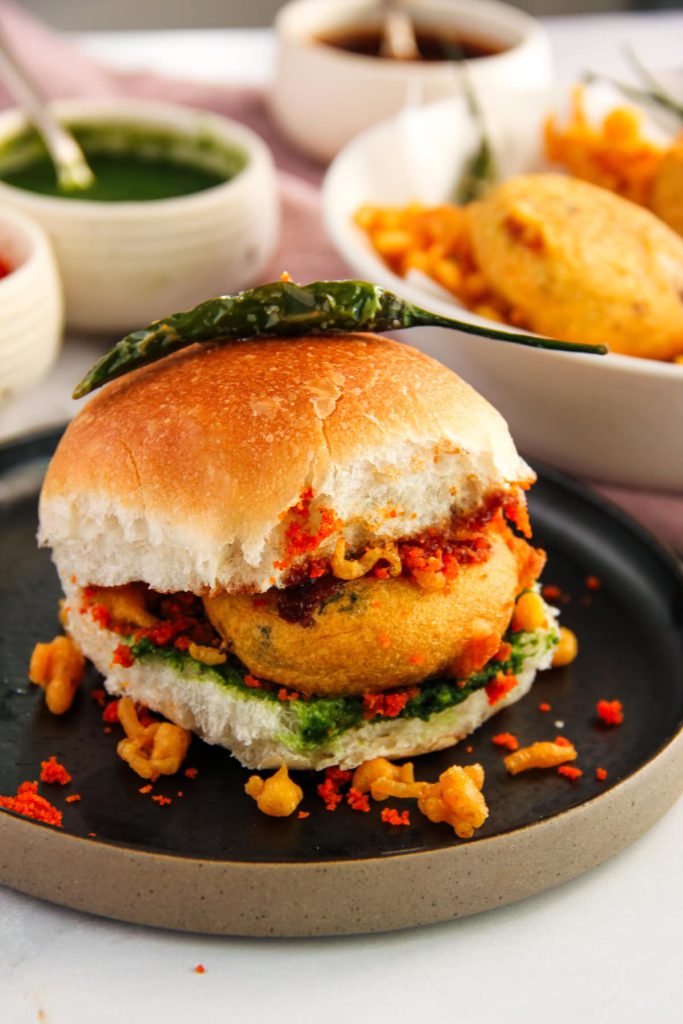
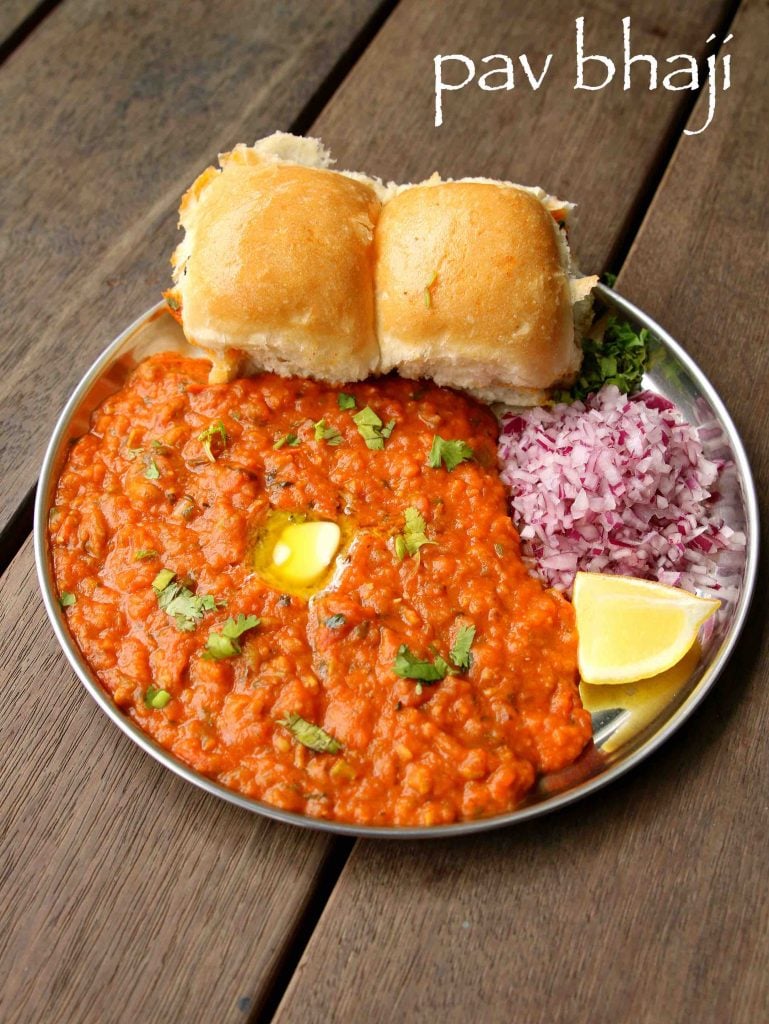
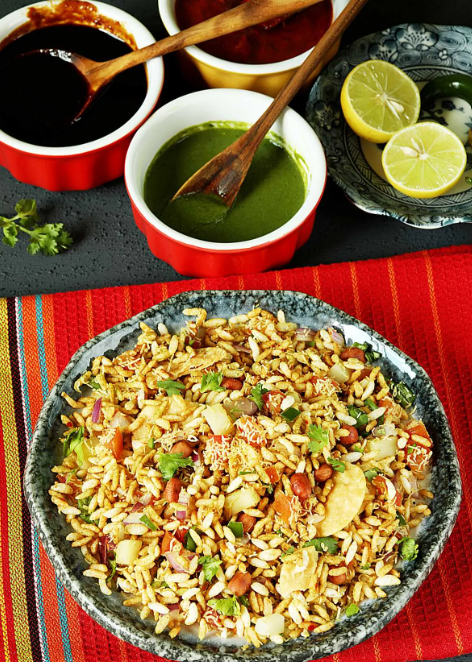
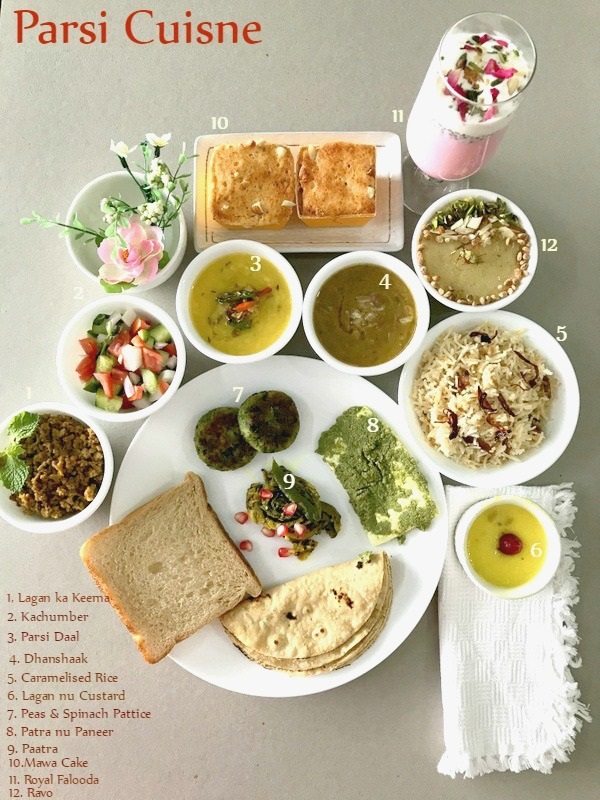
- Vada Pav: A crispy, deep-fried potato patty (vada) served in a soft bun (pav) with spicy chutneys.
- Pav Bhaji: A hearty dish of mashed vegetables (bhaji) served with buttered pav (buns).
- Bhel Puri: A tangy snack made with puffed rice, mixed vegetables, and chutneys.
- Parsi Cuisine: Enjoy the unique flavors of Parsi dishes like Dhansak (a lentil stew) and Pulao (a fragrant rice dish).
Street Food:
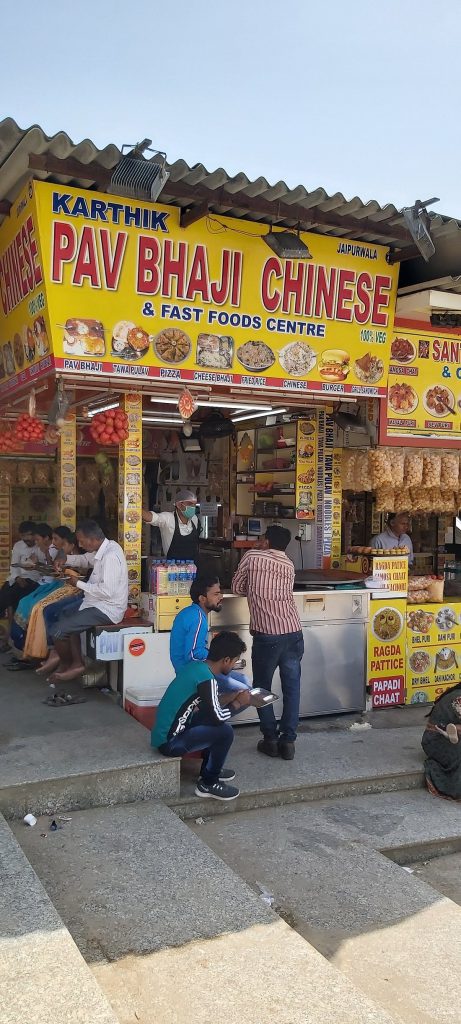
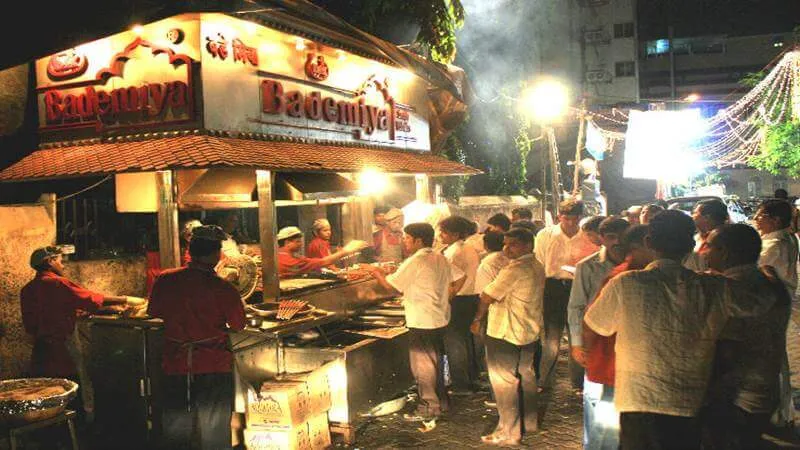
- Chowpatty Beach: A popular spot for a variety of street food, from bhel puri to pani puri.
- Khau Galli: A narrow lane in Mumbai Central known for its diverse street food stalls.
Fine Dining:
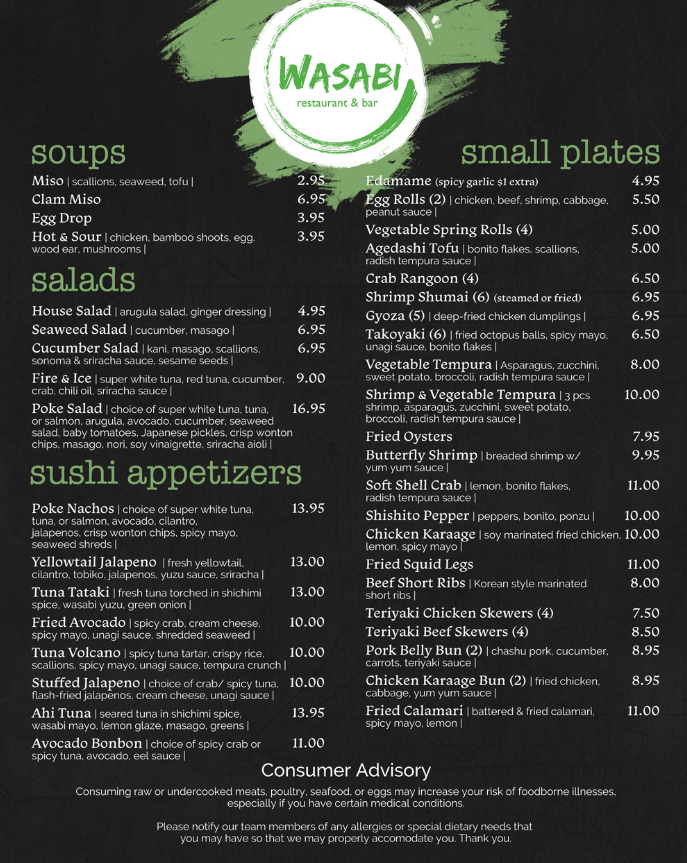
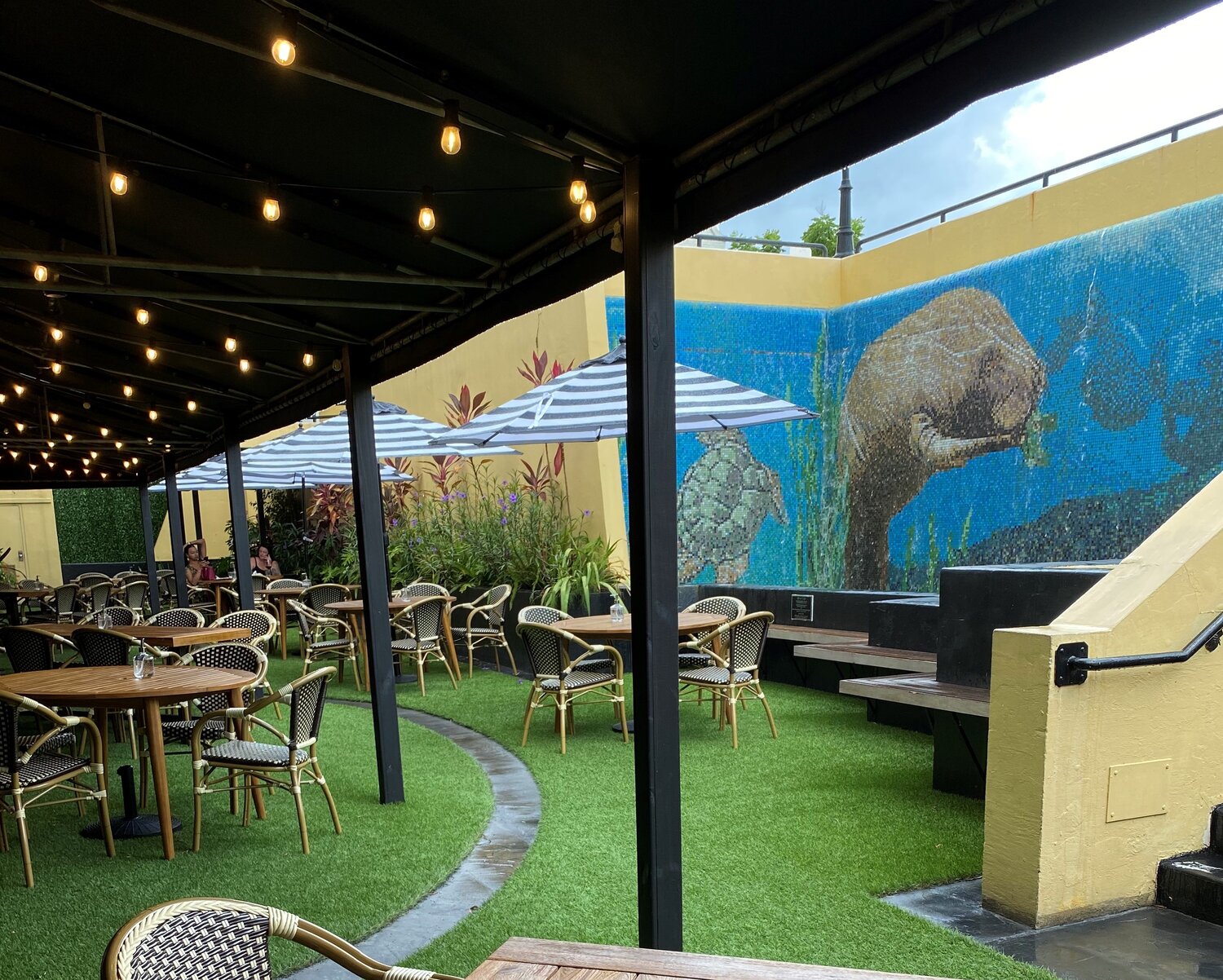
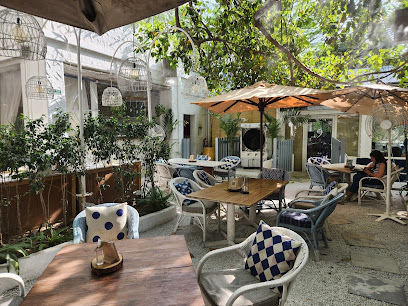
- Wasabi: A Michelin-starred Japanese restaurant for authentic sushi and other Japanese delicacies.
- The Table: A modern Indian restaurant serving innovative interpretations of classic dishes.
- Olive Bar & Kitchen: A popular Italian restaurant with rooftop views.
Vegetarian and Vegan Options:
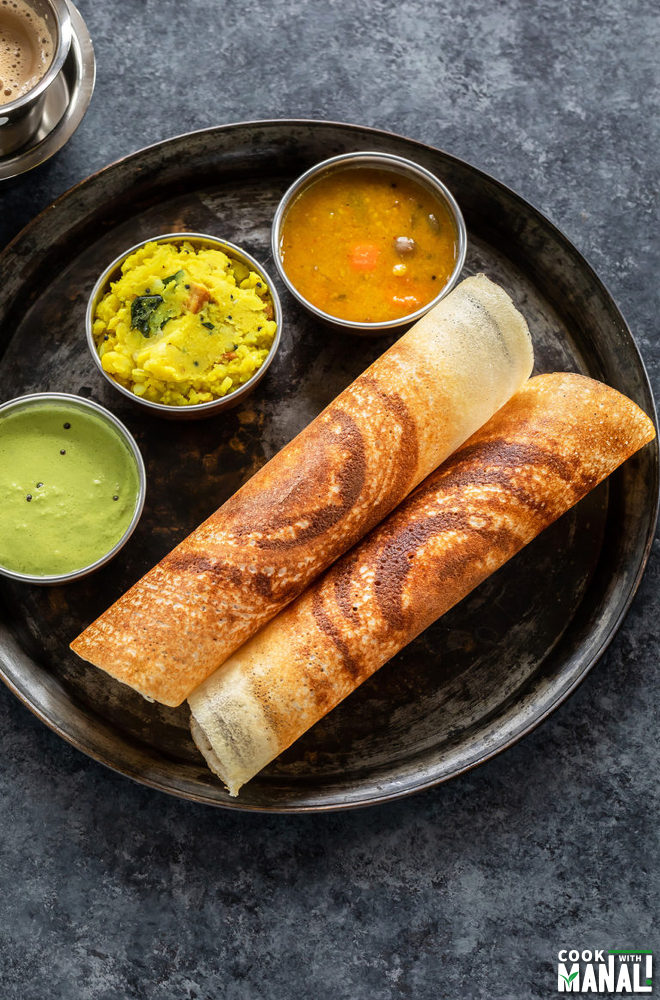
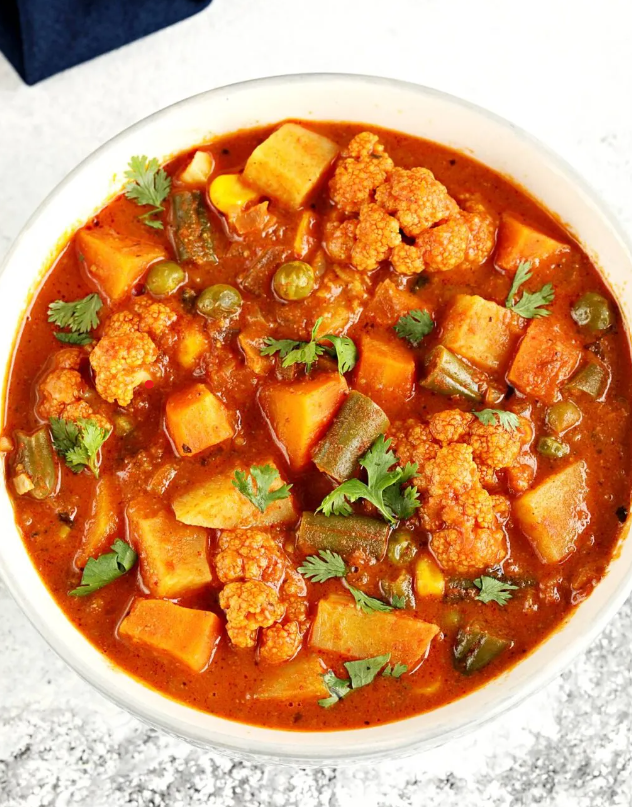
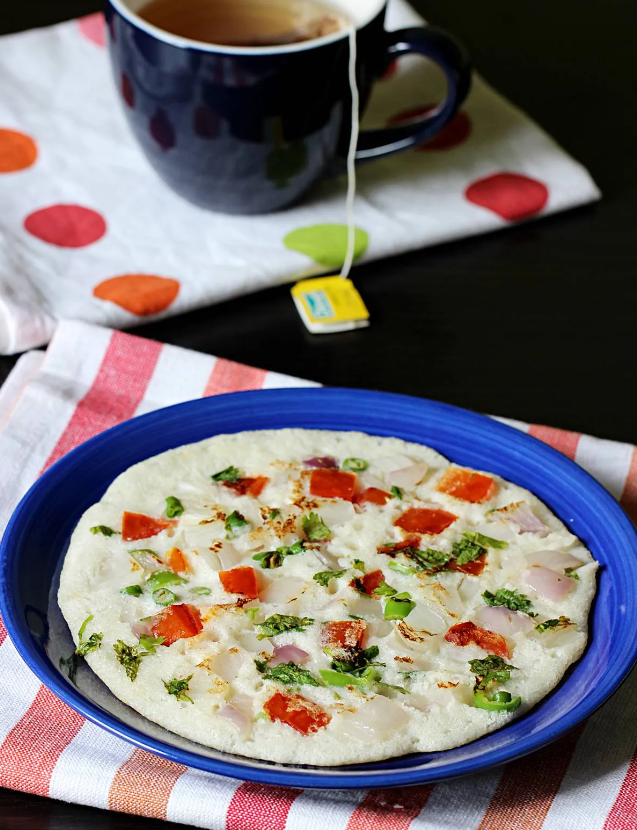
- Dosa: A thin, crispy crepe made from fermented rice and lentils.
- Uttapam: A thick, pancake-like dish made from fermented rice and lentils.
- Vegetable Curry: A flavorful curry dish made with a variety of vegetables.
Local Beverages:
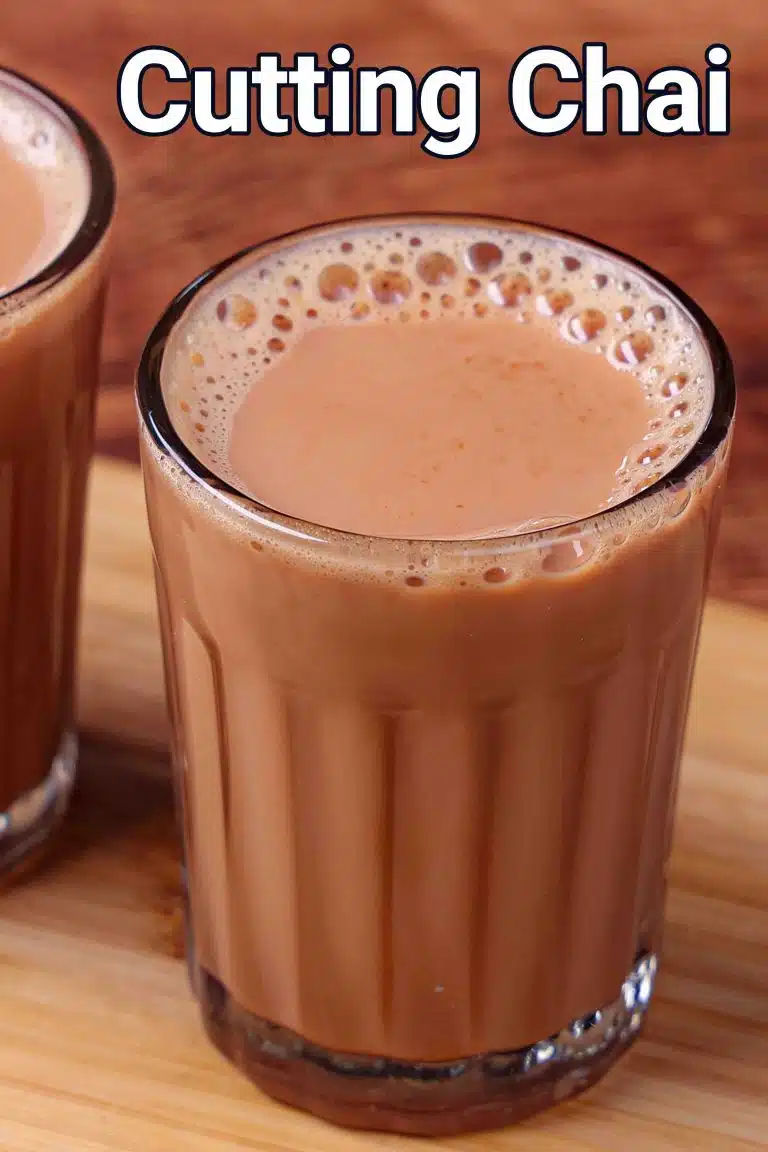
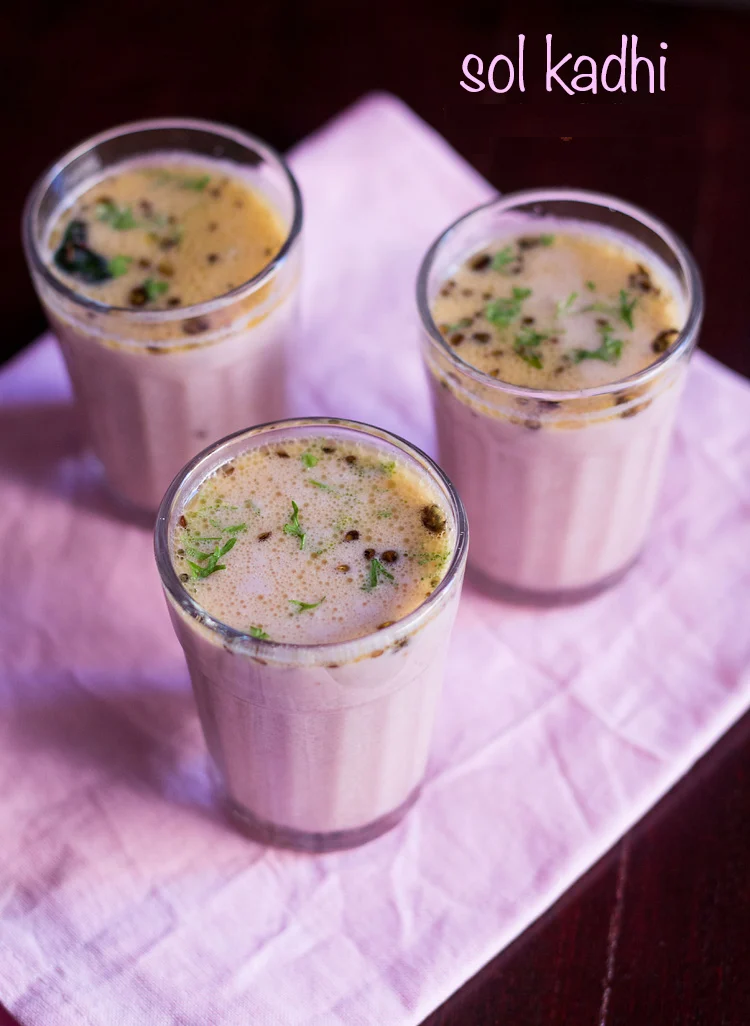
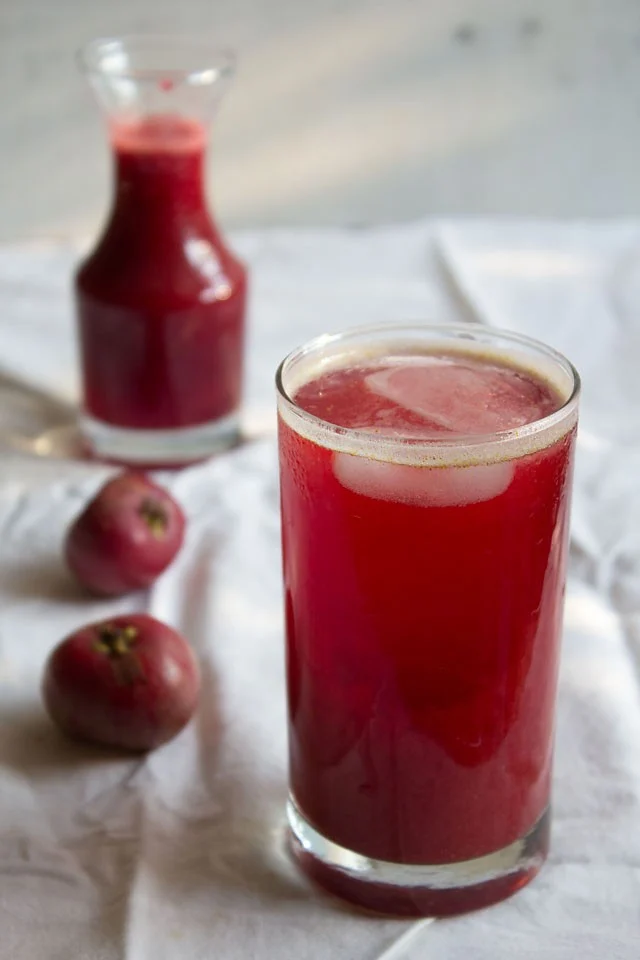
- Cutting Chai: A strong, milky tea served in small glasses.
- Sol Kadhi: A refreshing coconut-based drink made with kokum.
- Kokum Juice: A tangy and refreshing juice made from kokum fruit.
Enjoy these culinary delights and explore the vibrant food scene of Mumbai!
Shopping in Mumbai: A Shopper’s Paradise
Local Markets: A Treasure Trove
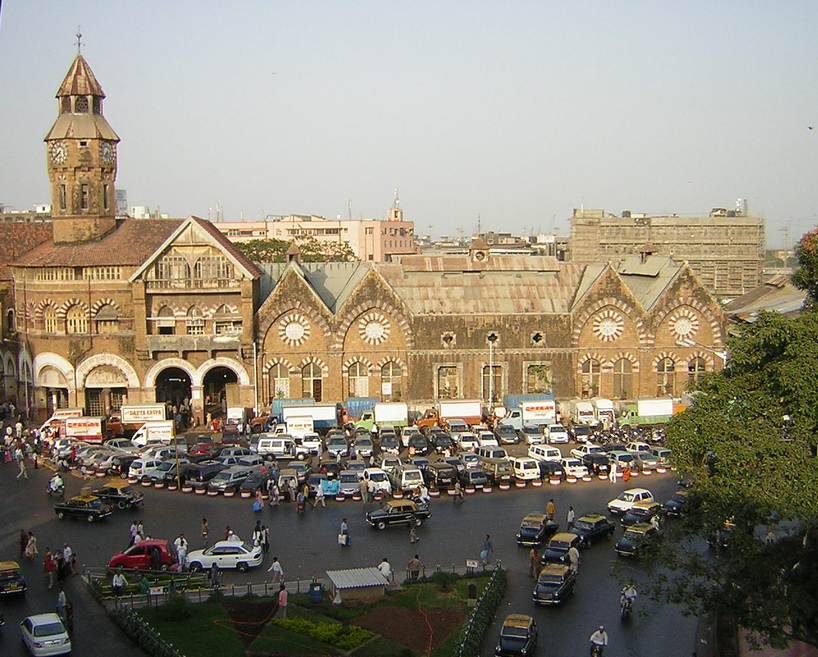
- Crawford Market: A bustling market offering a wide range of products, from fresh produce to clothes and electronics.
- Colaba Causeway: A popular street market known for its bohemian vibe and eclectic mix of shops selling everything from jewelry and clothing to souvenirs and handicrafts.
- Chor Bazaar: A unique market where you can find antique items, vintage clothing, and second-hand goods at bargain prices.
High-End Shopping: Luxury and Elegance
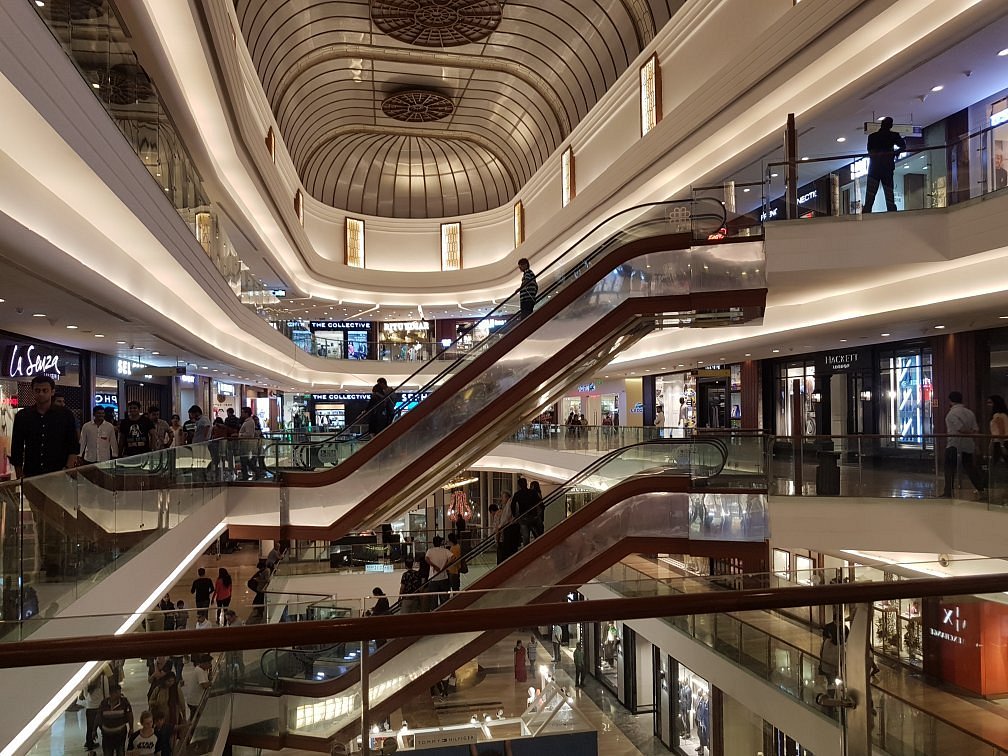
- Palladium Mall: A luxurious shopping mall with international brands, high-end boutiques, and gourmet food options.
- Phoenix Market City: Another upscale shopping mall featuring a wide range of stores, restaurants, and entertainment options.
Souvenirs and Handicrafts: Unique Treasures
- Handwoven textiles: Sarees, kurtas, and other traditional Indian clothing made from silk, cotton, and other fabrics.
- Jewelry: Silver, gold, and gemstone jewelry, including intricate designs and traditional pieces.
- Art and handicrafts: Paintings, sculptures, pottery, and other handcrafted items.
- Spices and tea: A variety of Indian spices and teas, including chai masala, turmeric, and cardamom.
Tips for Bargaining: How to Get the Best Deals
- Research prices: Before bargaining, get an idea of the fair price for the item you want to buy.
- Be polite and patient: Approach the seller with a friendly attitude and be patient during negotiations.
- Start low: Offer a price lower than what you’re willing to pay.
- Walk away if necessary: If you’re not satisfied with the price, don’t be afraid to walk away. The seller may be willing to negotiate further.
Mumbai offers a diverse shopping experience, from bustling local markets to luxurious malls. Whether you’re looking for unique souvenirs, high-end fashion, or bargain deals, you’re sure to find something to suit your taste and budget.
Day Trips and Excursions
Elephanta Island
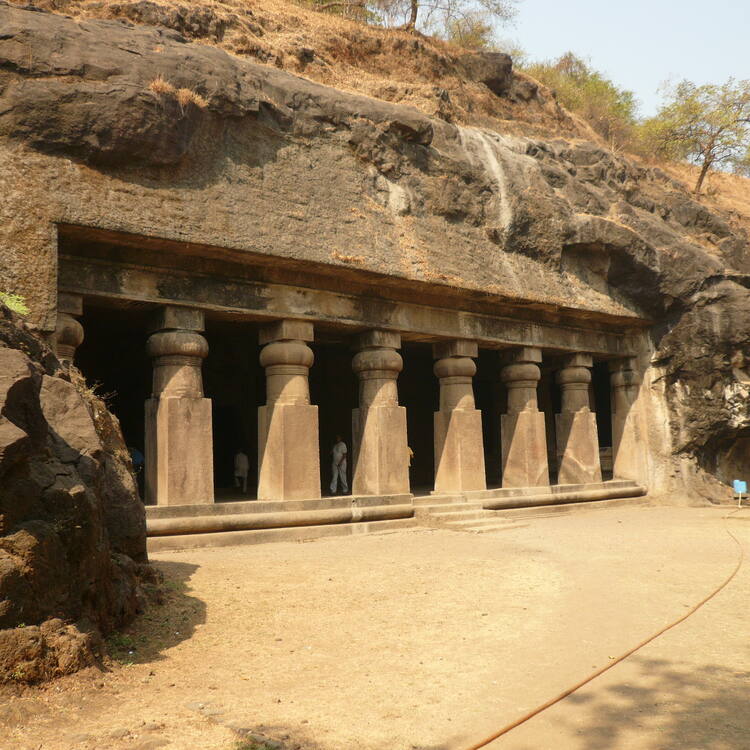
- Overview: A UNESCO World Heritage Site, Elephanta Island is located just off the coast of Mumbai in the Arabian Sea. It is famous for the Elephanta Caves, a series of ancient rock-cut temples dedicated primarily to Lord Shiva.
- What to Do: Explore the intricate sculptures and carvings within the caves, including the famous 20-foot tall Trimurti statue, which represents Shiva in three forms. The island also offers scenic views and a tranquil environment, making it a perfect escape from the city.
- Getting There: Take a ferry from the Gateway of India, which takes about an hour to reach the island.
Lonavala and Khandala
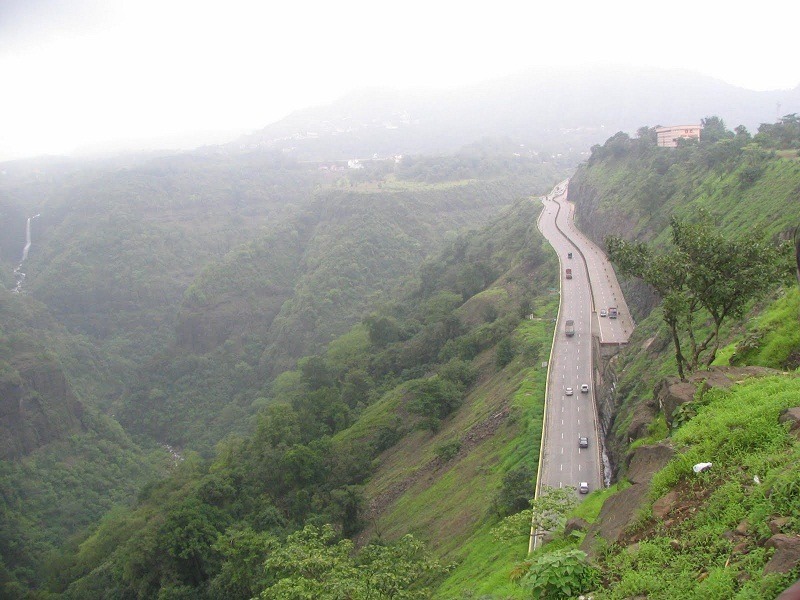
- Overview: Lonavala and Khandala are twin hill stations located in the Western Ghats, about 83 km from Mumbai. These destinations are known for their scenic beauty, lush greenery, waterfalls, and cool climate.
- What to Do: Visit popular attractions like the Bhushi Dam, Tiger’s Leap, and Rajmachi Point. Enjoy hiking or trekking in the surrounding hills, explore ancient caves like Karla and Bhaja, or simply relax and enjoy the natural beauty.
- Getting There: You can reach Lonavala and Khandala by road (about 2 hours by car) or by train from Mumbai. Both are easily accessible for a day trip or a weekend getaway.
Alibaug
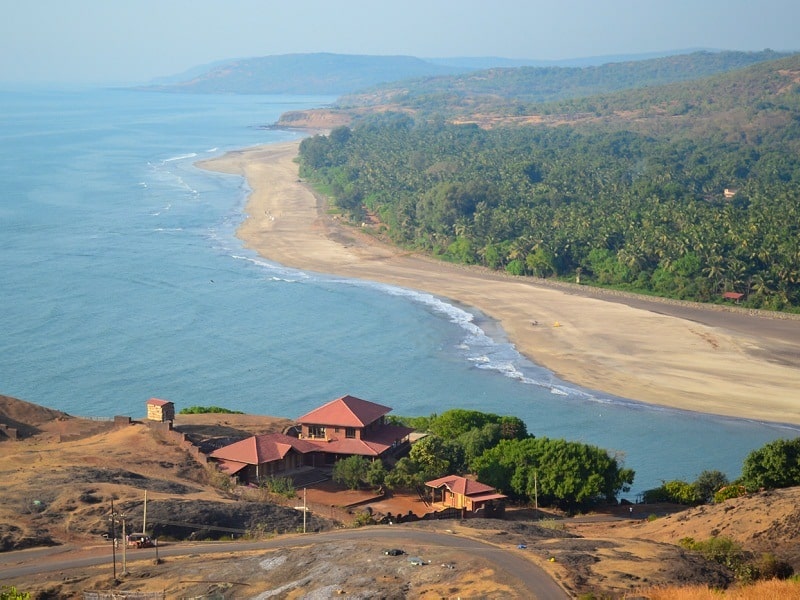
- Overview: Alibaug is a coastal town located about 95 km south of Mumbai. Known for its clean beaches, historic forts, and laid-back atmosphere, it is a popular destination for a quick beach escape from the city.
- What to Do: Relax on beaches like Alibaug Beach, Nagaon Beach, and Kashid Beach. Explore the historic Kolaba Fort, which can be accessed during low tide. Water sports enthusiasts can also enjoy activities like jet skiing and parasailing.
- Getting There: Alibaug can be reached by road (about 3 hours by car) or by taking a ferry from the Gateway of India to Mandwa, followed by a short drive.
Matheran
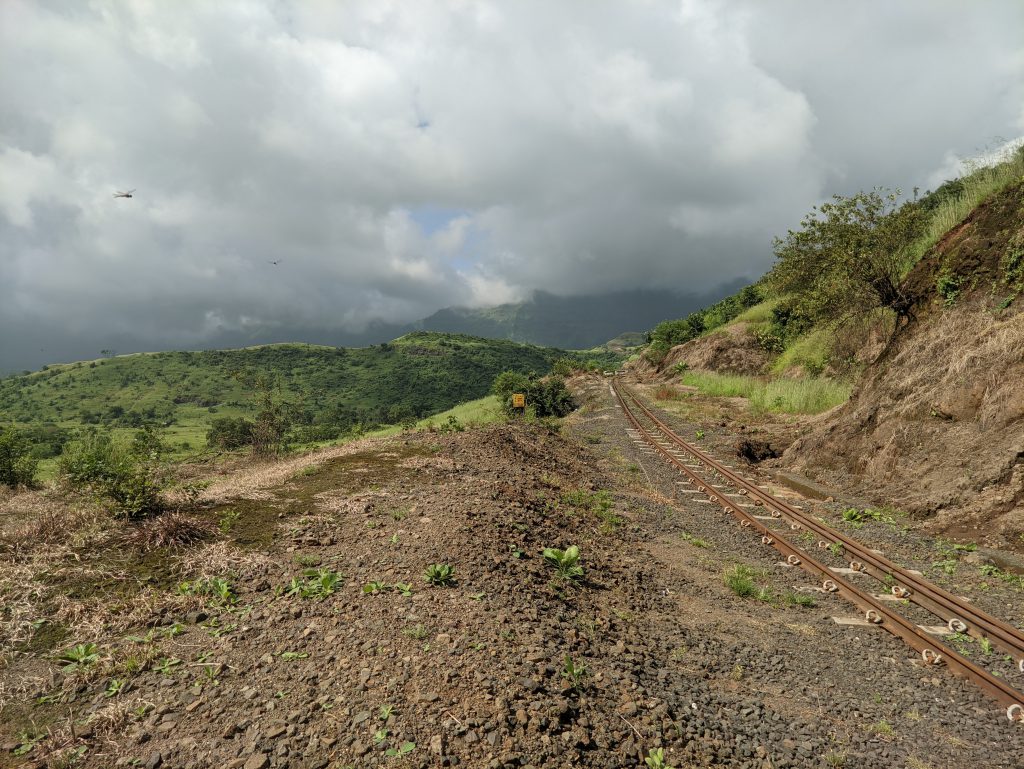
- Overview: Matheran is a charming hill station located about 80 km from Mumbai, known for being Asia’s only automobile-free hill station. It offers a peaceful retreat with beautiful viewpoints, dense forests, and colonial-era architecture.
- What to Do: Walk or ride a horse along the numerous trails leading to scenic viewpoints like Panorama Point, Echo Point, and Charlotte Lake. Enjoy the serene environment and take in the fresh mountain air.
- Getting There: Matheran can be accessed by road (about 2.5 hours by car) followed by a short hike or a toy train ride from Neral, which adds to the experience.
Kanheri Caves in Sanjay Gandhi National Park
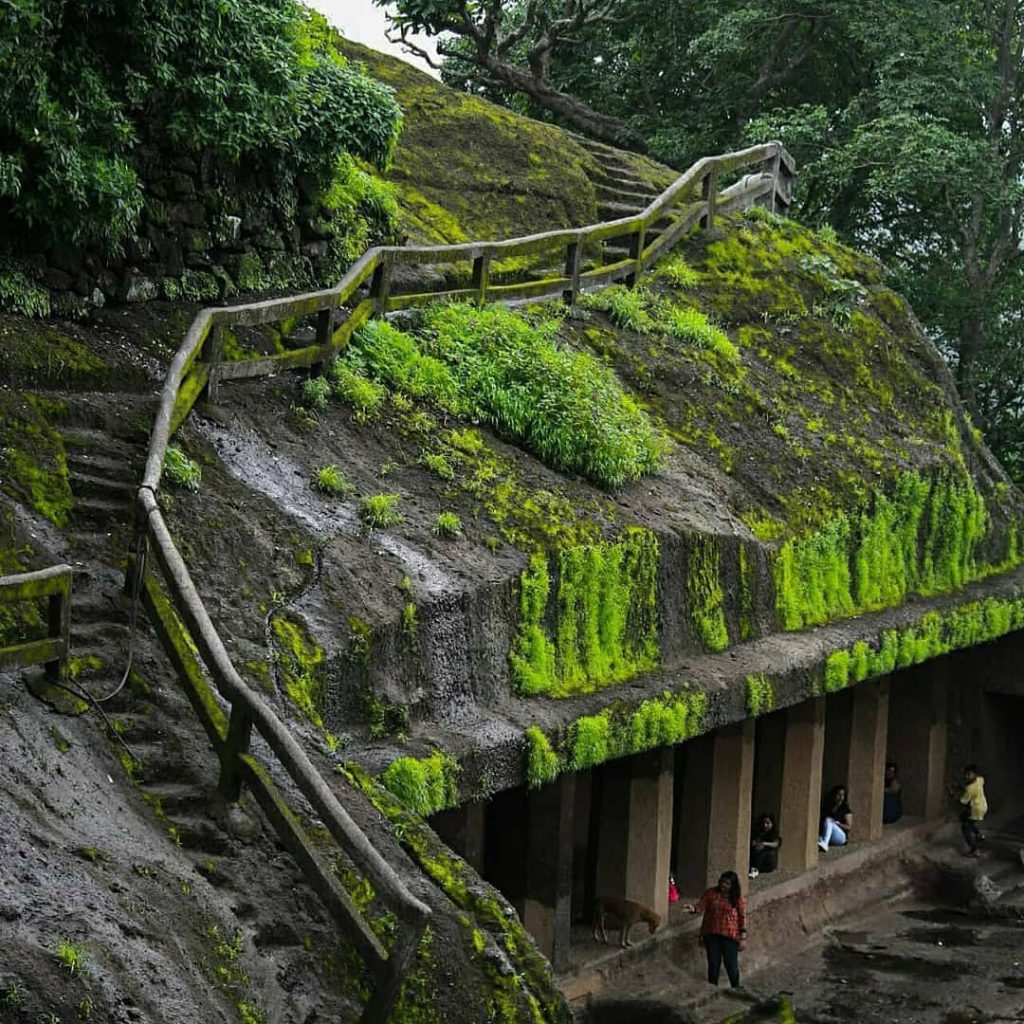
- Overview: Located within the Sanjay Gandhi National Park, the Kanheri Caves are a group of rock-cut Buddhist caves dating back to the 1st century BCE. The caves are known for their ancient sculptures, carvings, and inscriptions.
- What to Do: Explore the numerous caves, including the large Chaitya Hall (Cave 3) with its impressive stupa. The park also offers opportunities for trekking, bird watching, and enjoying the natural surroundings.
- Getting There: The Kanheri Caves are located within the Sanjay Gandhi National Park, which is about 40 km from Mumbai’s city center. They can be reached by car or public transport, with an additional short hike within the park.
Suggested Itineraries
1-Day Itinerary:
Quick Tour of Major Landmarks
| Time of Day | Activities |
|---|---|
| Morning | – Start your day at the Gateway of India, an iconic symbol of Mumbai, and enjoy early morning views of the Arabian Sea. – Visit the nearby Taj Mahal Palace Hotel for its stunning architecture. – Take a ferry to Elephanta Island to explore the ancient Elephanta Caves. |
| Afternoon | – Return to the city and visit Chhatrapati Shivaji Maharaj Terminus (CSMT), a UNESCO World Heritage Site, known for its Victorian Gothic architecture. – Explore Crawford Market and have a quick lunch at a local eatery. |
| Evening | – Stroll along Marine Drive and enjoy the sunset at Girgaum Chowpatty Beach. – End your day with a visit to Malabar Hill and the Hanging Gardens, offering panoramic views of the city. |
3-Day Itinerary:
In-Depth Exploration
| Day | Time of Day | Activities |
|---|---|---|
| Day 1 | Full Day | – Follow the 1-Day Itinerary for a comprehensive introduction to Mumbai’s key landmarks, including Gateway of India, Taj Mahal Palace, Elephanta Caves, CSMT, Crawford Market, Marine Drive, and Hanging Gardens. |
| Day 2 | Morning | – Explore Sanjay Gandhi National Park and visit the Kanheri Caves. |
| Afternoon | – Head to Juhu Beach for relaxation and street food. – Visit the nearby ISKCON Temple. | |
| Evening | – Experience Mumbai’s nightlife in Bandra, with dinner at a popular restaurant. – Visit Carter Road or Bandra-Worli Sea Link for evening views. | |
| Day 3 | Morning | – Visit Siddhivinayak Temple and Haji Ali Dargah. |
| Afternoon | – Spend time at Chhatrapati Shivaji Maharaj Vastu Sangrahalaya (Prince of Wales Museum) and explore the Kala Ghoda art district. | |
| Evening | – Enjoy a cultural experience by attending a show at NCPA (National Centre for the Performing Arts) or a Bollywood-themed event. |
7-Day Itinerary:
A Week in Mumbai
| Day | Activities |
|---|---|
| Day 1-3 | – Follow the 3-Day Itinerary for an in-depth exploration of Mumbai’s major landmarks and cultural sites, including Gateway of India, Elephanta Caves, Sanjay Gandhi National Park, Juhu Beach, Siddhivinayak Temple, Haji Ali Dargah, and more. |
| Day 4 | – Take a day trip to Alibaug. Enjoy the beaches, visit Kolaba Fort, and indulge in some water sports. |
| Day 5 | – Explore Lonavala and Khandala. Visit Bhushi Dam, Tiger’s Leap, and other scenic spots. Enjoy local delicacies like chikki. |
| Day 6 | – Spend the day in Matheran, exploring its viewpoints and enjoying the peaceful, vehicle-free environment. |
| Day 7 | – Return to Mumbai for a leisurely day. Visit Powai Lake or Sewri Fort for birdwatching, and end your week with shopping at Linking Road or Colaba Causeway. |
Themed Itineraries:
Heritage, Food, Nature, and Adventure
| Themed Itinerary | Activities |
|---|---|
| Heritage | – Focus on Mumbai’s historical and architectural gems, including Gateway of India, CSMT, Elephanta Caves, Victoria Terminus, and Mani Bhavan. |
| Food | – Embark on a culinary journey, tasting Mumbai’s famous street food at Juhu Beach and Chowpatty. – Dine at iconic cafes like Leopold Café and explore fine dining restaurants in Colaba and Bandra. |
| Nature | – Discover Mumbai’s natural beauty with visits to Sanjay Gandhi National Park, Kanheri Caves, Aarey Colony. – Take day trips to Lonavala, Khandala, or Alibaug for scenic landscapes and peaceful retreats. |
| Adventure | – Experience the thrill of activities like trekking in Sanjay Gandhi National Park, paragliding in Kamshet, river rafting in Kolad, and bungee jumping at nearby adventure parks. |
Practical Information for Visiting Mumbai
Safety Tips for Tourists
- Be aware of your surroundings: Keep an eye on your belongings, especially in crowded areas.
- Avoid carrying large sums of cash: Use ATMs to withdraw money as needed.
- Be cautious of scams: Be wary of strangers offering unsolicited help or deals.
- Follow local laws and customs: Respect the local culture and traditions.
- Stay informed about current events: Keep up-to-date with any travel advisories or warnings.
Health Care Facilities: Hospitals and Pharmacies
Mumbai has a well-developed healthcare system with numerous hospitals and pharmacies. Some reputable hospitals include:
- Tata Memorial Hospital: A renowned cancer hospital.
- Sir Ganga Ram Hospital: A multi-specialty hospital.
- Fortis Hospital Mulund: A modern hospital with advanced facilities.
Pharmacies can be found throughout the city, and most sell a wide range of over-the-counter medications.
Emergency Contacts
- Police: 100
- Ambulance: 108
- Tourist Assistance: +91 11 2309 3000
Currency and ATMs
The Indian Rupee (INR) is the official currency of India. ATMs are widely available throughout Mumbai, and most accept international cards.
Language Tips
While English is widely spoken in Mumbai, especially in tourist areas, learning a few basic Marathi phrases can be helpful. Some common phrases include:
- Namaste (Hello)
- Dhanyavad (Thank you)
- Ha (Yes)
- Nahi (No)
Local Etiquette and Customs
- Respect religious and cultural customs: Be mindful of local traditions and avoid offending religious sentiments.
- Dress modestly: While Mumbai is a cosmopolitan city, it is still important to dress appropriately, especially when visiting religious sites.
- Avoid public displays of affection: Public displays of affection are generally not accepted in Indian culture.
- Be patient and understanding: Indian culture values patience and understanding.
- Bargain at markets and street vendors: Bargaining is a common practice in India.
By following these practical tips, you can have a safe and enjoyable experience in Mumbai.
Maps and Navigation in Mumbai
Detailed Maps: Major Attractions, Public Transport Routes
Mumbai is a large and bustling city, so having a detailed map can be invaluable for navigating its streets and attractions. You can find maps online, in guidebooks, or even on your smartphone. Be sure to look for maps that highlight major tourist attractions, public transport routes, and neighborhoods.
Mobile Apps for Travel
Several mobile apps can make your trip to Mumbai much easier:
- Navigation Apps: Google Maps and Apple Maps are reliable options for navigation. They provide real-time traffic updates, directions, and information on nearby points of interest.
- Public Transport Apps: Mumbai has a well-developed public transport system, including trains, buses, and ferries. Apps like Mumbai Metro, Mumbai Railway, and MTC Bus can help you plan your journeys and track the arrival of trains and buses.
- Food Delivery Apps: If you’re feeling lazy or want to try local cuisine, food delivery apps like Swiggy and Zomato can bring food to your doorstep.
Useful Travel Tools
- Currency Converters: To keep track of your spending, download a currency converter app.
- Weather Apps: Mumbai’s weather can be unpredictable, so a weather app can help you plan your activities accordingly.
By utilizing these maps and apps, you can navigate Mumbai with ease and make the most of your trip.
FAQs for Travelers Visiting Mumbai
Common Travel Questions
Safety:
- Is Mumbai safe for tourists? Mumbai is generally safe for tourists, but it’s essential to exercise caution in crowded areas and be aware of your surroundings.
- What are the safety concerns in Mumbai? Petty crimes like pickpocketing and scams can occur, especially in tourist areas. Be mindful of your belongings and avoid carrying large amounts of cash.
Budgeting:
- How much should I budget for a trip to Mumbai? Your budget will depend on your travel style and preferences. Accommodation, transportation, food, and activities can vary widely in cost.
- Are there affordable accommodation options in Mumbai? Yes, Mumbai offers a range of accommodation options, from budget hostels to luxury hotels.
Transportation:
- What is the best way to get around Mumbai? Mumbai has a well-developed public transportation system, including trains, buses, and ferries. Taxis and rickshaws are also available.
- How much does public transportation cost in Mumbai? Public transportation in Mumbai is relatively affordable. Tickets for trains and buses are reasonably priced.
Cultural Norms: What to Expect and How to Prepare
- Respect local customs and traditions: India is a culturally rich country, and it’s important to respect local customs and traditions.
- Dress modestly: While Mumbai is a cosmopolitan city, it’s still advisable to dress modestly, especially when visiting religious sites.
- Be mindful of religious and cultural sensitivities: Avoid making offensive comments or gestures.
- Learn basic Hindi or Marathi phrases: Knowing a few basic phrases can be helpful in interacting with locals.
Tips for First-Time Visitors
- Do your research: Learn about Mumbai’s attractions, culture, and history before your trip.
- Plan your itinerary: Decide what you want to see and do, and plan your itinerary accordingly.
- Be flexible: Things may not always go according to plan, so be prepared to be flexible.
- Try local food: Mumbai offers a diverse culinary scene, so be sure to try some local dishes.
- Bargain at markets: Bargaining is a common practice in India, so don’t be afraid to negotiate prices.
- Enjoy the experience: Mumbai is a vibrant and exciting city, so relax and enjoy your trip!
16. Conclusion
- Why Visit Mumbai: Summary of Highlights
- Final Travel Tips
- Encouragement to Explore
Conclusion: Why Visit Mumbai
Summary of Highlights
Mumbai, India’s bustling metropolis, offers a unique blend of ancient history, modern culture, and vibrant energy. From its iconic landmarks like the Gateway of India and the Chhatrapati Shivaji Maharaj Terminus to its vibrant street food scene and diverse cultural festivals, there’s something for everyone in Mumbai.
Key highlights of visiting Mumbai include:
- Exploring historical landmarks: Discover the city’s rich history through its ancient monuments and colonial-era architecture.
- Immerse in Bollywood culture: Experience the glamour and excitement of India’s film industry.
- Savor delicious street food: Indulge in Mumbai’s famous street food, such as Vada Pav, Pav Bhaji, and Bhel Puri.
- Enjoy beautiful beaches: Relax on the city’s pristine beaches, such as Juhu Beach and Versova Beach.
- Experience vibrant festivals: Celebrate the city’s diverse culture through festivals like Ganesh Chaturthi, Holi, and Diwali.
Final Travel Tips
- Plan your itinerary in advance: To make the most of your time in Mumbai, plan your itinerary ahead of time.
- Consider the best time to visit: Mumbai’s weather can be hot and humid, so plan your trip accordingly. The best time to visit is typically from November to February.
- Be mindful of local customs: Respect local traditions and customs to ensure a pleasant experience.
- Stay safe and healthy: Follow safety guidelines and take care of your health during your trip.
Very well-written guide easy to follow and inspiring too.